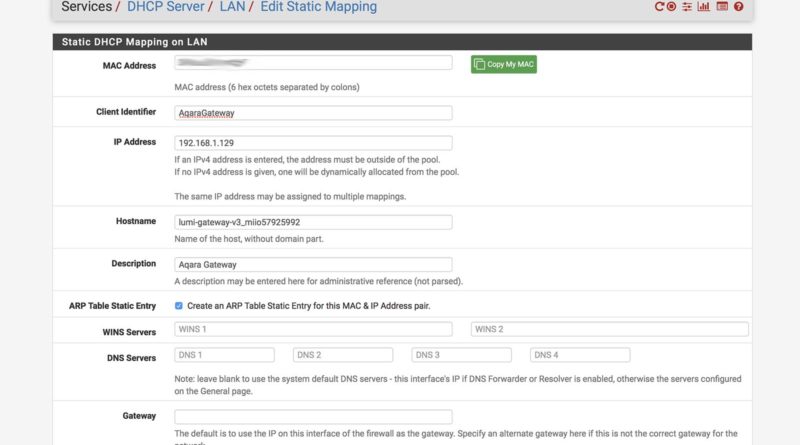

Installed for everyone: C:\ProgramData\CrashPlan\conf.The correct client file will be in the location below depending on your client OS. Newer releases of Crashplan require you to copy a UI key form the backend service on the headless system (the ReadyNAS in our case) to the client system (the computer we are using the desktop app on).Ĭopy the contents of /var/lib/crashplan/.ui_info on the ReadyNAS to the appropriate file on your client computer (see below) making sure to change the the first number (4243) in the file to the forwarded local port (4200). Now we need to forward our local 4200 port to the ReadyNas's port 4243. In this file we should duplicate the servicePort line, uncomment one of them and set it to 4200. Windows: C:\Program Files\CrashPlan\conf\ui.properties Mac: /Applications/CrashPlan.app/Contents/Resources/Java/conf/ui.properties Linux (if installed as root): /usr/local/crashplan/conf/ui.properties We'll need to modify a configuration file for this. Let's change the port the desktop app is looking for the client backend. In theory we'll only need to do this to get it set up and shouldn't need to connect to it this way again. So here's the plan: we're going to point the desktop client to a non-standard port, then forward that point (via SSH forwarding) to the correct port on the ReadyNAS. Since you have to configure Crashplan via a GUI and the ReadyNAS is headless, we'll need to use a desktop app to attach to the client's backend. usr/local/crashplan/bin/CrashPlanEngine start Firing up the Crashplan backup engine should now work without dying. That's not going to work on our ARM based ReadyNAS, so we'll need to replace it with a ARM based library.ĭownload a precompiled version here and make a backup copy of /usr/local/crashplan/libjtux.so, then decompress the downloaded file and put it in place of the original. Now Crashplan comes with a libjtux.so that compiled for intel processors. Thank you for installing CrashPlan for Linux. Instructions for remote management are in the readme files You can run the CrashPlan Desktop UI locally as your own user or connectĪ remote Desktop UI to this Service via port-forwarding and manage it

usr/local/crashplan/bin/CrashPlanDesktop Sudo /usr/local/crashplan/bin/CrashPlanEngine start|stop Using standard startupĬrashPlan has been installed and the Service has been started automatically. Your current runlevel directory is: /etc/rc5.d What directory contains your runlevel init links? ĬrashPlan will install to: /usr/local/crashplanĪnd put links to binaries in: /usr/local/binĪnd store datas in: /usr/local/var/crashplan What directory contains your SYSV init scripts? What directory do you wish to store backups in? What directory do you wish to link the CrashPlan executable to? What directory do you wish to install CrashPlan to? You must review and agree to the EULA before installation. Press enter to continue with installation. You should get output similar to the following (EULA removed). (Obviously replace the archive name with the one you downloaded) tar xvzf CrashPlan_3.6.3_Linux.tgzĪnswer the EULA and accept all of the defaults. It's time to decompress and run the installer. Now you have the installer archive downloaded. We'll also need a ARM based java library to use in place of the intel version bundled with Crashplan. We'll need to get a java runtime environment installed on the ReadyNAS since Crashplan is a java application. wget Īpparently the busybox cpio is not compatible with the Crashplan installer, so we'll need to uninstall the busybox version and install the proper version. Run the following command on the ReadyNAS using the current version download URL you found on the download page. We don't know when this version will cease to be supported, but it will probably stop working at some point. The last version that can be used on Arm hardware is 4.7.0 located at. The password will be the same as your web interface "admin" password. Using your favorite ssh client, ssh to your ReadyNAS IP address as "root". Step 2: Get Crashplan downloaded and installed If you're not comfortable with ssh and a linux command line, this may not be the solution for you. If you've never turned it on, you will receive a message basically stating "With great power comes great responsibility". In the ReadyNAS admin head over to the "Settings" tab of the "System" section. Here's a how-to on how to set your ReadyNAS as a Crashplan client. Netgear ReadyNAS offers a great home/small office local network storage solution. Crashplan offers a great online backup solution.


 0 kommentar(er)
0 kommentar(er)
